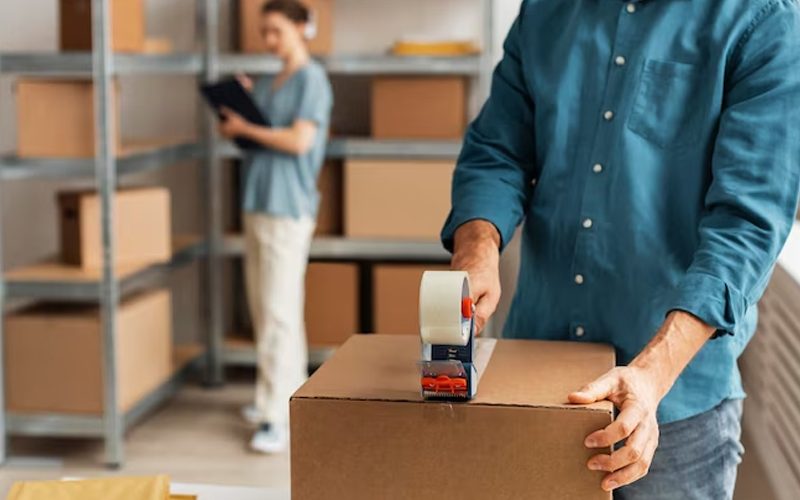Unveiling the positive impact of sustainable packaging on the environment
The global push towards sustainability has prompted businesses to reconsider their packaging practices and their impact on the environment. Sustainable packaging, designed to minimize waste and reduce pollution, has emerged as a crucial solution to address the environmental challenges posed by traditional packaging methods. In this article, we delve into the positive impact of sustainable packaging on the environment, shedding light on how these practices contribute to waste reduction, pollution prevention, and the overall well-being of our planet.
1. Resource Conservation:
Sustainable packaging emphasizes the efficient use of resources, reducing the consumption of raw materials and energy during production. Recycled and renewable materials, such as bioplastics, paper, and cardboard, are commonly used in sustainable packaging, reducing the demand for virgin resources. By conserving resources, sustainable packaging helps mitigate the environmental impact of packaging production processes.
2. Reduction of Waste:
Traditional packaging often contributes to excessive waste and landfill accumulation, harming ecosystems and wildlife. Sustainable packaging minimizes excess packaging, opting for compact designs and eco-friendly materials that decompose more easily. Consumers are increasingly drawn to products with minimal packaging, driving demand for brands to prioritize waste reduction.
3. Lower Carbon Footprint:
Sustainable packaging practices aim to reduce carbon emissions associated with packaging production, transportation, and disposal. Lighter packaging materials and optimized designs lead to reduced energy consumption and transportation-related emissions. By lowering the carbon footprint of packaging, businesses contribute to mitigating climate change and environmental degradation.
4. Pollution Prevention:
Traditional packaging materials, such as single-use plastics, contribute to pollution in oceans, water bodies, and landfills. Sustainable packaging alternatives, such as biodegradable or compostable materials, break down more naturally and reduce the risk of pollution. Brands that adopt sustainable packaging practices actively contribute to preventing plastic pollution and preserving aquatic ecosystems.
5. Consumer Engagement:
Sustainable packaging resonates with environmentally conscious consumers who seek brands aligned with their values. Brands that invest in sustainable packaging demonstrate their commitment to responsible practices, fostering customer loyalty and engagement. Consumer demand for eco-friendly packaging drives businesses to innovate and develop new, greener solutions.







